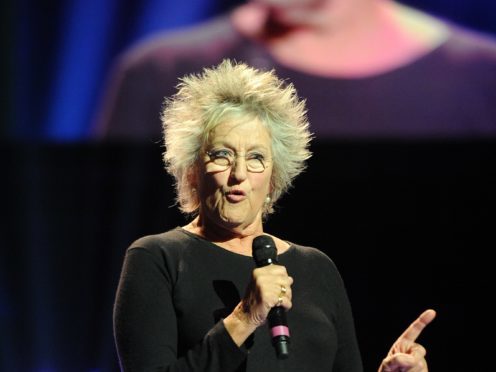Writer Germaine Greer has said it is disturbing that the sort of female victimhood seen across the media in the #MeToo campaign sells to women.
The feminist author, 79, said the prevalence of images of women standing up and saying they had been harassed is a “straightforward capitulation to market forces” rather than the result of objectification by men.
She told Radio Times magazine: “Amid the media storm that is the #MeToo campaign, female celebrity after female celebrity has outed herself as a victim of sexual harassment.
“All have been congratulated for their bravery, even when they took payments for signing non-disclosure agreements and kept shtoom until the statute of limitations was well past.
“Their likenesses are replicated endlessly.”
Greer – who previously sparked controversy when she criticised the “whingeing” #MeToo movement – said men alleging abuse “refrain from exhibiting themselves”.
She said they have no desire to be seen and women have no desire to see them but that “the women involved in #MeToo have chosen to appear in news media as victims – these days called survivors – time and time again”.
“The display of female victimhood in entertainment media is not the result of a conspiracy between wicked men to objectify, reify and sexualise women but a straightforward capitulation to market forces,” she said.
“Female victimisation sells.
“What should disturb us is that it sells to women.”
Greer also said that while men are twice as likely as women to be murder victims, in all genres and media, female corpses outnumber male ones.
“But who is watching and reading the proliferating imagery of female victimhood?” she said. “Women, that’s who.”
In January, some people questioned Greer’s feminist credentials after she spoke out about #MeToo, saying women who “spread (their) legs” in exchange for roles should stop “whingeing”.
The author of The Female Eunuch said in the “old days”, using the Carry On films as an example, women used to “outwit” leering men.
She said she wanted women to be able to “react here and now” to inappropriate behaviour.
This week’s Radio Times is out on May 1.
